At the 36th Electric Vehicle Symposium & Exposition (EVS36) held last month, SK Signet introduced a 400kW V2 charger that was first unveiled at CES 2023.
The V2 charger has already received a great response from the market by charging a Kia EV6 vehicle equipped with an 800V battery up to 80% within just 14 minutes and 44 seconds at a charging demonstration event held at a plant completion ceremony in Texas.
The V2 can charge two vehicles simultaneously with one charger (dispenser), and can output up to 400kW from a single port. It is the first 400kW ultra-quick charger produced in the United States, and with its ability to charge up to 80% in 15 minutes, it is the fastest electric vehicle charging product.
In addition, the V2 chargers are produced at a factory in the United States using American steel, making it one of the few products that can benefit from the National Electric Vehicle Infrastructure Formula Program (NEVI). Since last month, SK Signet’s Texas plant started mass-production in earnest.
SK Signet also exhibited a prototype model of the Megawatt Charging System (MCS) that supplies power in megawatts (MW), for the first time at an international exhibition. The megawatt charger supplies more than 1000 kW of power, making it suitable for charging heavy-duty vehicles such as trucks and buses equipped with large-capacity batteries.
A spokesperson for SK Signet explained, “As the number of electric vehicle users increases, the level of customer demand for the charging experience will increase. In order to advance the era of electric vehicles, shortening the charging time is essential. So we are determined to advance the actual electric vehicle era through the further development of ultra-fast charging technology.”
korean-machinery.com | Blog Magazine of korean-machinery, brands and Goods





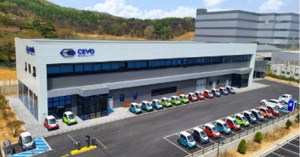

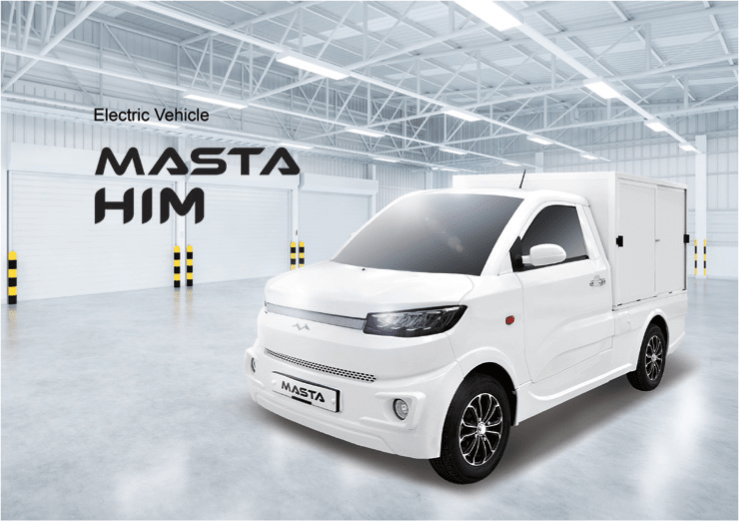
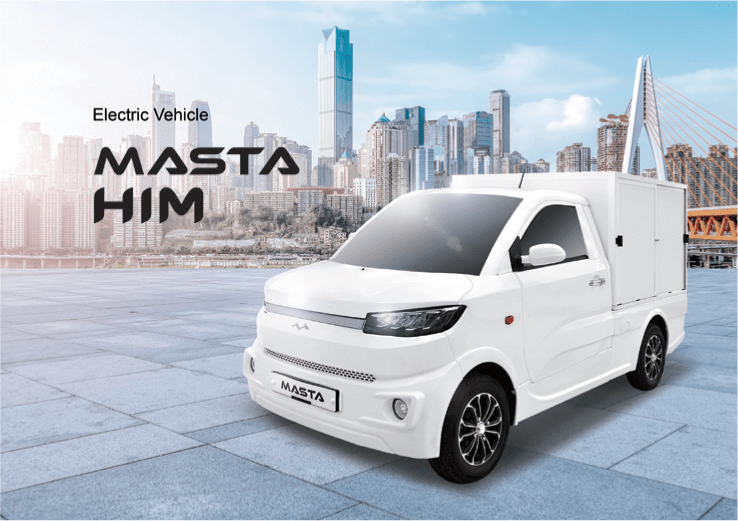
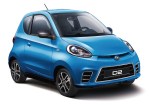 Nissan Leaf, Tesla model S and model X. The D2 sold more than 50,000 models in Europe and China. In Korea, it is getting popular quickly as a next-generation means of transportation that fits the travel distance and purposes, e.g. for commuting, deliveries and public service.
Nissan Leaf, Tesla model S and model X. The D2 sold more than 50,000 models in Europe and China. In Korea, it is getting popular quickly as a next-generation means of transportation that fits the travel distance and purposes, e.g. for commuting, deliveries and public service. battery (17.3kWh) with a capacity about double that of vehicles in the same class, it can run up to 150km. Compared to general micro e-mobility that can run 80km on one charging. It has nearly double the range.
battery (17.3kWh) with a capacity about double that of vehicles in the same class, it can run up to 150km. Compared to general micro e-mobility that can run 80km on one charging. It has nearly double the range.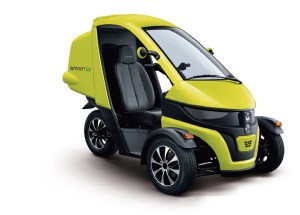
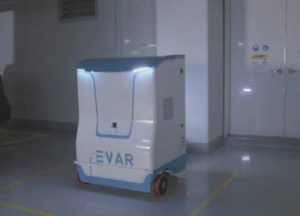 mobile recharger developed by FreeWire of the USA. However, EVAR is the world’s first robot that finds and recharges the vehicle by itself without human help using the autonomous driving function.
mobile recharger developed by FreeWire of the USA. However, EVAR is the world’s first robot that finds and recharges the vehicle by itself without human help using the autonomous driving function.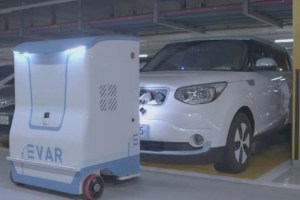 The adaptor mounted on the vehicle license plate plays a role of docking station connecting the vehicle with the robot.
The adaptor mounted on the vehicle license plate plays a role of docking station connecting the vehicle with the robot. charging even in a space outside the designated charging position for an electric car, and further enables one to cope more effectively with problems such as parking.
charging even in a space outside the designated charging position for an electric car, and further enables one to cope more effectively with problems such as parking.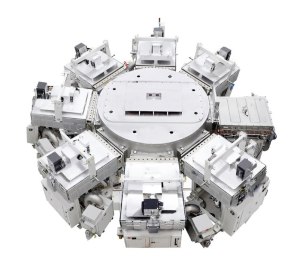 have grown in more than double-digit figures. Among the developed countries, on the other hand, the USA (29.2%), the EU (34.6%), and Vietnam (87.8%), which are emerging as overseas production bases for Korean companies among rising countries, have increased their exports to ASEAN nations (48.5%) and India.
have grown in more than double-digit figures. Among the developed countries, on the other hand, the USA (29.2%), the EU (34.6%), and Vietnam (87.8%), which are emerging as overseas production bases for Korean companies among rising countries, have increased their exports to ASEAN nations (48.5%) and India.

